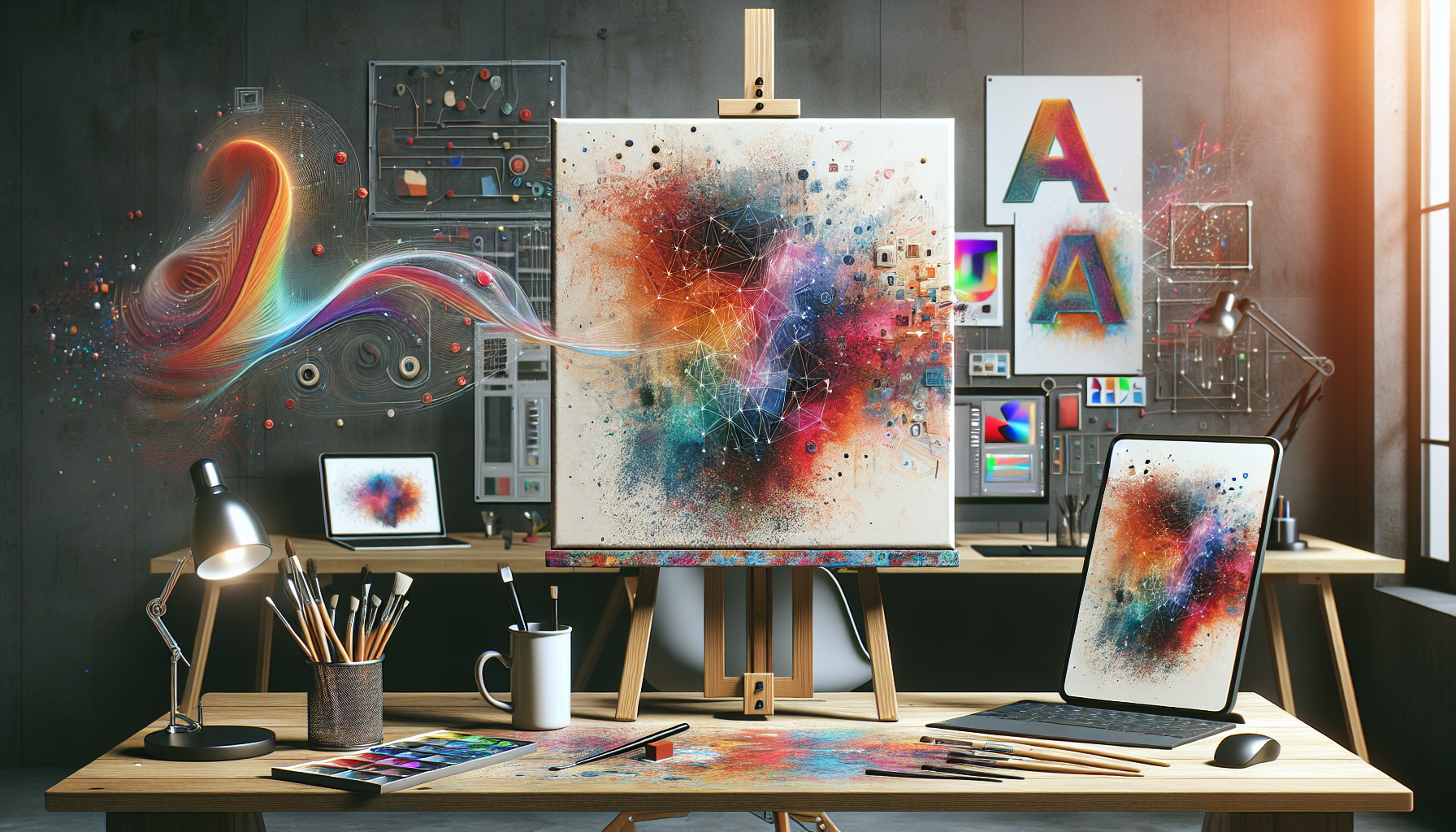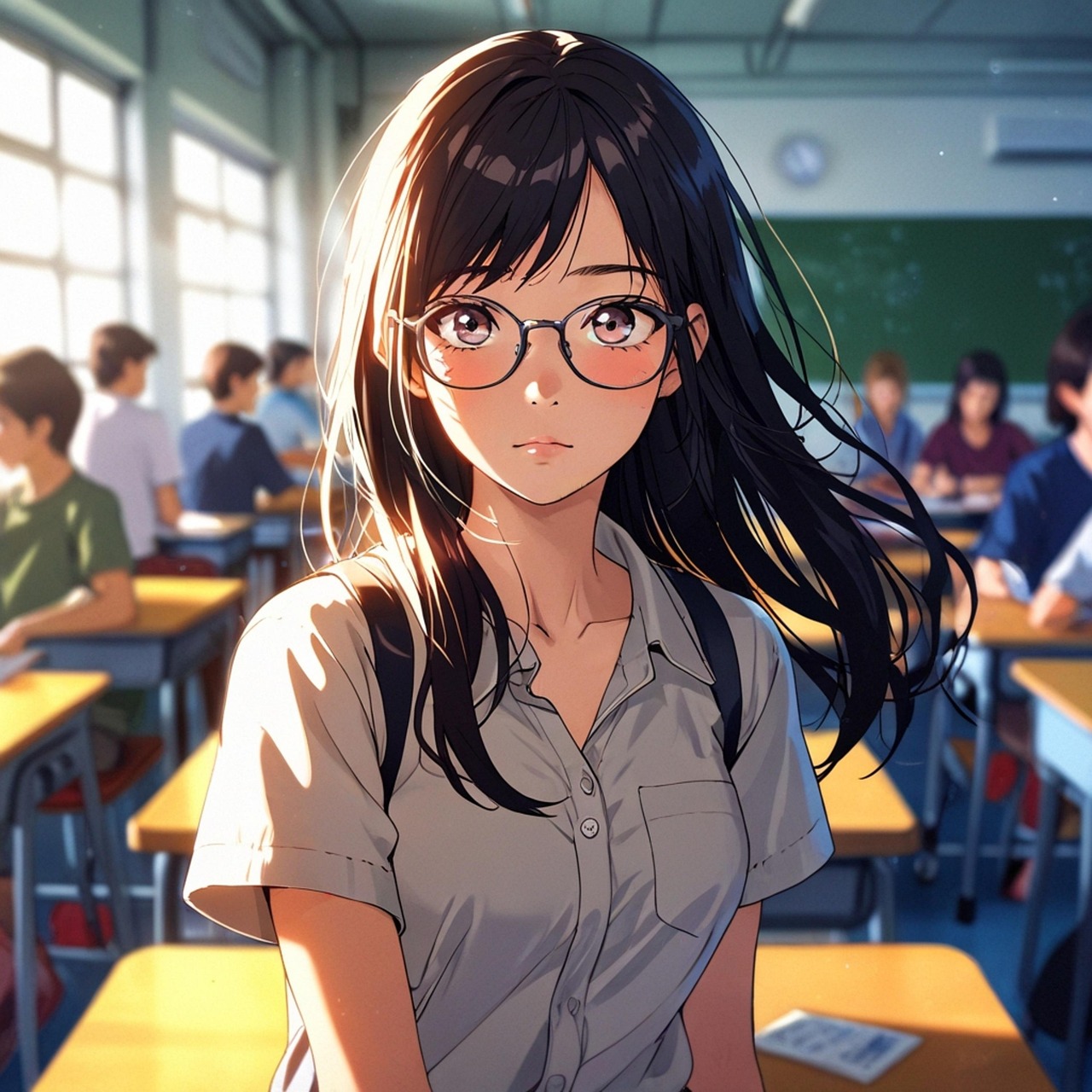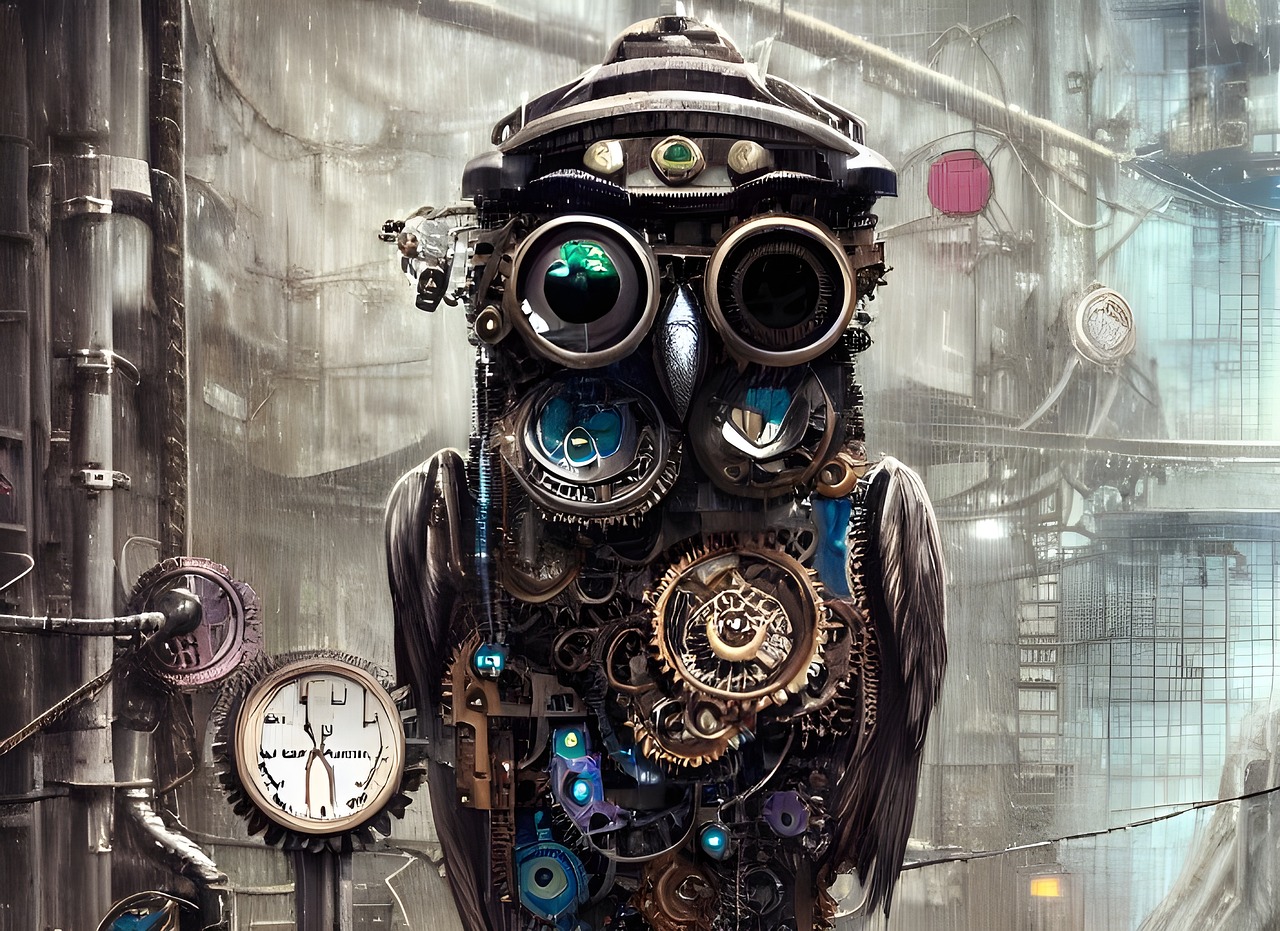
Have you ever wondered how you can turn your creativity into cash using AI-generated art? The blend of technology and artistry has opened exciting avenues for making money online. With just a few tools and some creativity, you can dive into the world of digital art and start selling your creations for profit. Let’s break this down into actionable steps that will guide you on your journey.
Understanding AI-Generated Art
AI-generated art refers to artwork created with the help of artificial intelligence software. These tools can provide unique aesthetic styles or create entirely new images based on your inputs. Imagine having an assistant that can produce custom graphics and artwork at the click of a button! This is where you can harness the power of AI for your profit.
What is AI Art?
AI art encompasses various styles and mediums, from digital paintings to graphic designs. The process often involves algorithms that analyze vast datasets to generate images that mimic particular styles or concepts. Whether you are looking to create stunning illustrations or sell unique visuals for marketing, AI tools can assist you in crafting one-of-a-kind pieces.
Why Sell AI Art?
Selling AI-generated art gives you a chance to tap into the booming online market for digital products. The demand for unique art is high among businesses, content creators, and art enthusiasts. By leveraging AI technology, you can create original pieces to meet this demand without needing extensive artistic skills. It’s a fantastic way to earn some income through a side hustle or even as a full-time endeavor.
Getting Started with AI Art Creation
Before you start selling, you will need to create your artwork. Here’s how to set up your AI art creation process.
Choosing the Right Tools
Several tools can help you generate amazing art with AI. Here are a few popular options you might want to consider:
| Tool Name | Description | Cost |
|---|---|---|
| DALL-E 2 | Generates images from textual descriptions. | Pay-per-use model |
| Midjourney | Creates artistic images based on prompts. | Subscription model |
| DeepArt | Transforms photos into artwork using neural networks. | Pay-per-use |
| NightCafe Studio | Offers various styles and techniques for art creation. | Freemium |
Make sure to choose tools that align with your artistic vision and budget. Experimenting with different tools might help you discover your preferred style.
Setting Up Your Creative Process
Creating art can feel daunting, especially if you’re a beginner. However, by following a structured approach, you can simplify the process and avoid overwhelm. Here’s a quick guide:
-
Define Your Niche: Decide what type of art you want to create. Is it abstract, landscapes, character designs, or something else? Having a focus can help attract a specific audience.
-
Gather Inspiration: Look at existing artwork in your chosen niche for inspiration. Platforms like Pinterest, Instagram, and Behance can be excellent sources of ideas.
-
Create Your Prompts: If you’re using a text-to-image tool, write specific prompts that describe what you want to create. Be detailed; the more information the tool has, the better the output.
-
Generate and Iterate: Use the tool to create your images. Don’t hesitate to run multiple iterations based on the outputs you receive. Sometimes, a little tweaking can lead to stunning results.

Building Your Portfolio
Once you have a collection of AI-generated art, it’s important to create a portfolio that showcases your best work.
Selecting Your Best Pieces
As you curate your portfolio, select pieces that not only highlight your talent but also display the versatility of your chosen tools. Aim for quality over quantity. A few standout pieces can make a more significant impact than a large number of average ones.
Creating a Portfolio Website
Consider setting up a simple website to host your portfolio. Platforms like Squarespace or Wix offer user-friendly templates tailored for artists. Your website should include:
- Gallery Section: Display your art in high resolution.
- About Me: Share your story and artistic journey.
- Contact Information: Make it easy for potential buyers to reach you.
- Blog Section: Share insights about your creative process, tips for using AI in art, or even behind-the-scenes peeks, which can help engage your audience.
Choosing a Selling Platform
Now that you have your art ready and a portfolio to showcase it, the next step is to choose where to sell your creations.
Popular Marketplaces for Selling AI Art
You may want to consider these platforms for selling your artwork:
| Platform | Description | Pros | Cons |
|---|---|---|---|
| Etsy | A marketplace for handmade and vintage items. | Large audience; easy to set up. | Competition; fees can add up. |
| Redbubble | Print-on-demand platform for artists. | No upfront costs; diverse products available. | Limited control over pricing. |
| ArtStation | A community for artists to showcase and sell work. | Professional audience; great for networking. | More suited for established artists. |
| Creative Market | A marketplace for design resources, including graphics. | Good for digital products; high-quality presentations. | Limited exposure for newcomers. |
Take your time to explore these platforms. Each has its unique audience and selling advantages, so consider what works best for your art style and target market.
Setting Up Your Shop
Once you’ve chosen a platform, it’s time to set up your shop. Here’s a checklist to help:
-
Create a Compelling Shop Name: A memorable name can attract attention and make your page more identifiable.
-
Write Clear Descriptions: Provide clear and engaging descriptions for each piece of art. Explain the concept behind it, what inspired you, and what makes it unique.
-
Use High-Quality Images: Ensure you upload high-resolution images of your art so potential buyers can see details and vibrant colors.
Pricing Your Art
Setting the right price for your artwork can be tricky. Here are some tips to consider when pricing your AI-generated art:
-
Research Similar Works: Look at other artists on the platform and see how they price their pieces.
-
Consider Your Costs: Factor in any fees charged by the platform, as well as your time spent creating the art. Even if AI assists you, your input is valuable.
-
Be Flexible: Don’t be afraid to adjust your prices based on demand, your growth as an artist, and changes in the market.

Marketing Your AI Art
Now that your artwork is available for purchase, the next step is to market it effectively. Here’s how to get noticed in a crowded space.
Utilizing Social Media
Social media is a powerful tool for reaching potential buyers. Here are some platforms and tips for effective promotion:
| Platform | Tips for Promotion |
|---|---|
| Share process videos, time-lapse creations; use relevant hashtags. | |
| Join art-related groups; promote your shop links; engage with art communities. | |
| Create boards for your artwork; link pins to your shop. | |
| Use Twitter threads to share your creative process, and engage with fellow artists. |
Building an Email List
An email list can be invaluable for marketing your art. Here’s how to get started:
-
Create a Signup Form on Your Website: Offer incentives such as discounts or exclusive content to encourage signups.
-
Send Regular Newsletters: Keep your audience updated on new art releases, upcoming sales, or personal insights into your creative journey.
Collaborating with Influencers and Artists
Partnerships can expand your reach significantly. Consider collaborating with influencers, bloggers, or fellow artists who share your audience. Collaborations can take various forms:
- Joint giveaways where both parties promote the artworks.
- Guest blog posts on each other’s sites to share insights about AI-generated art.
Understanding Copyright and Licenses
As you start selling your art, it’s essential to understand the legalities surrounding AI-generated art.
Copyrighting Your Work
In general, you hold the copyright to your original artwork. However, the situation can be more complex with AI-generated art, especially if you used specific platforms. Make sure to read each tool’s terms of use to understand your rights fully.
Licensing Your Art
Consider offering licensing options for your creations. Licensing can provide an extra revenue stream, especially if businesses or content creators are interested in using your art for their projects. Clearly outline the terms of use and any associated fees to avoid misunderstandings.

Final Thoughts
Venturing into the world of selling AI-generated art can be a rewarding journey, both creatively and financially. By harnessing technology and blending it with your artistic vision, you have the opportunity to create and sell unique pieces that appeal to various audiences. Remember to be patient and persistent; building a successful art business takes time.
It’s crucial to embrace learning along the way. With the tips and strategies discussed, you’re now equipped to step into the market with confidence. So, why wait? Start creating and sharing your AI-generated art today and watch as your passion transforms into profit!
Leave a Reply